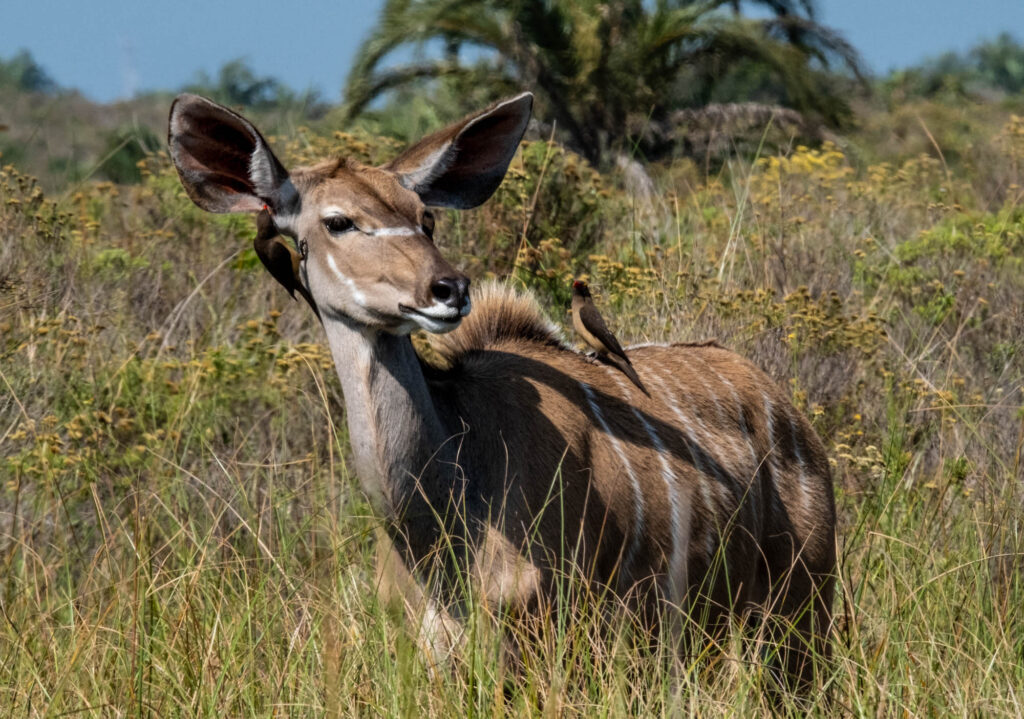St Lucia, South Africa isn’t a place that woukld roll off the tip of many peoples tongue and know where it is. Some more worldy travellers would say, wait the country in the carribean. I know i knew very littkle about this place til it was recommended in a photography group on the internet (yes sometimes the internet is useful!). Initial research suggested a relaxed coastal vibe next to a park with a lot of hippos. That had me booking a lodge here for 4 nights, without much further research on my part.

So imagine turning up to a place you thought had a chilled vibe and very safe, to be told its unsafe at nights. My jaw dropped, but then the follow up was due to hippos roaming the streets at night and i had a smile on my face. I’m yet to encounter a hippo gang on the street though, much to my disappointment. Now the only thing i knew about St Lucia, was the estuary and nearby iSimangaliso Wetland Park was it contained hippos. Sometimes wildlife is there and you don’t see it. Hippos don’t hide very well and when there are so many of them, over 800 in this park alone and its hard to not spot them. At first its just the nose and eyes above the water, before you see whole pods on the banks of the river and the highlight being a baby hippo or two!

Some interesting hippo facts are that hippos don’t swim. They literally run along the bottom of the river or lake. They also can’t float so in deeper water when they need to breath they are often on their hind legs standing upright. This is one of the things that make them dangerous and can upturn boats. The other is they are very territorial and if you get between them and the water or their young, they will charge at you. They also eat 40 kilograms are grass everynight. Not that mean hippos also go number 2 quite a lot and what eats the poo of hippos? Well on land its dung beetles, but in the water its mostly shrimp.

This truly was an amazing few hours on the water. iSimangaliso wetland park also turns out to be a fully fledged safari park! I went for a drive to Cape Vidal for the views and ended up seeing so much wildlife, including zebra and some white rhino including baby rhino. Sadly they were obscured by the bushland but you’d see the little ones run around rhino mum in the grass. Sadly due to poaching, the rhinos are de-horned here. Also sadly a rhinos horn is made of keratin, the same protein that is found in out own fingernails and hair. Its not rare, but a lack of knowledge and a belief rhino horn can cure many issues including impotence, means rhinos horns are still poached.

For a raltively unknown part of South Africa, I sure have discovered a hidden gem in my opionion and I’m only just scratching the surface. I’ll leave this blog post with a few m ore photos for ones viewing enjoyment.




Nice Justin!
Amazing pictures and info – two observations:
1. I love shrimp (prawns) and am a bit put off now. 2. I’m seeing where the inspiration for Shrek’s ears came from